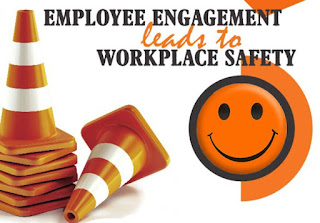Recognition has always been the heart of employee engagement. In fact it might even be the soul as well. Nothing does more for an employee in the short term that recognizing their performance, either formally or informally....with any kind of physical award (either large of small).
The Internet lists the Top Ten Employee Recognition Systems. To name just a few, companies with such cute names as Motivosity, Guusto, Fond and Nectar all have the bells and whistles that will be a sure fire way in recognizing your employees to improve their performance and increase their engagement. And our guess is that they will all work in one way or another. They all tout a new and better way to improve your culture.
What they won't do is instill a culture of "Thank You" within your company that comes as natural as breathing. That has to come from executives above, the managers in the middle and the employees themselves throughout. We can all feel a company who has this culture. It permeates all that they do, we feel it when we do business with them. We keep going back.
Saying "thank you" doesn't come naturally to people, it is something that has to be coached, it has to be repeated over and over again, and something that has to be sincere and be measured. Employees and managers alike need to know when they are doing it, how well, and when they are not.
Take the test, spend a day watching interactions between your management and your employees and just count the times when a sincere recognition of performance or "thank you" takes place, At the end of the day you'll know if you do or don't have a culture of recognition and to what degree.
















